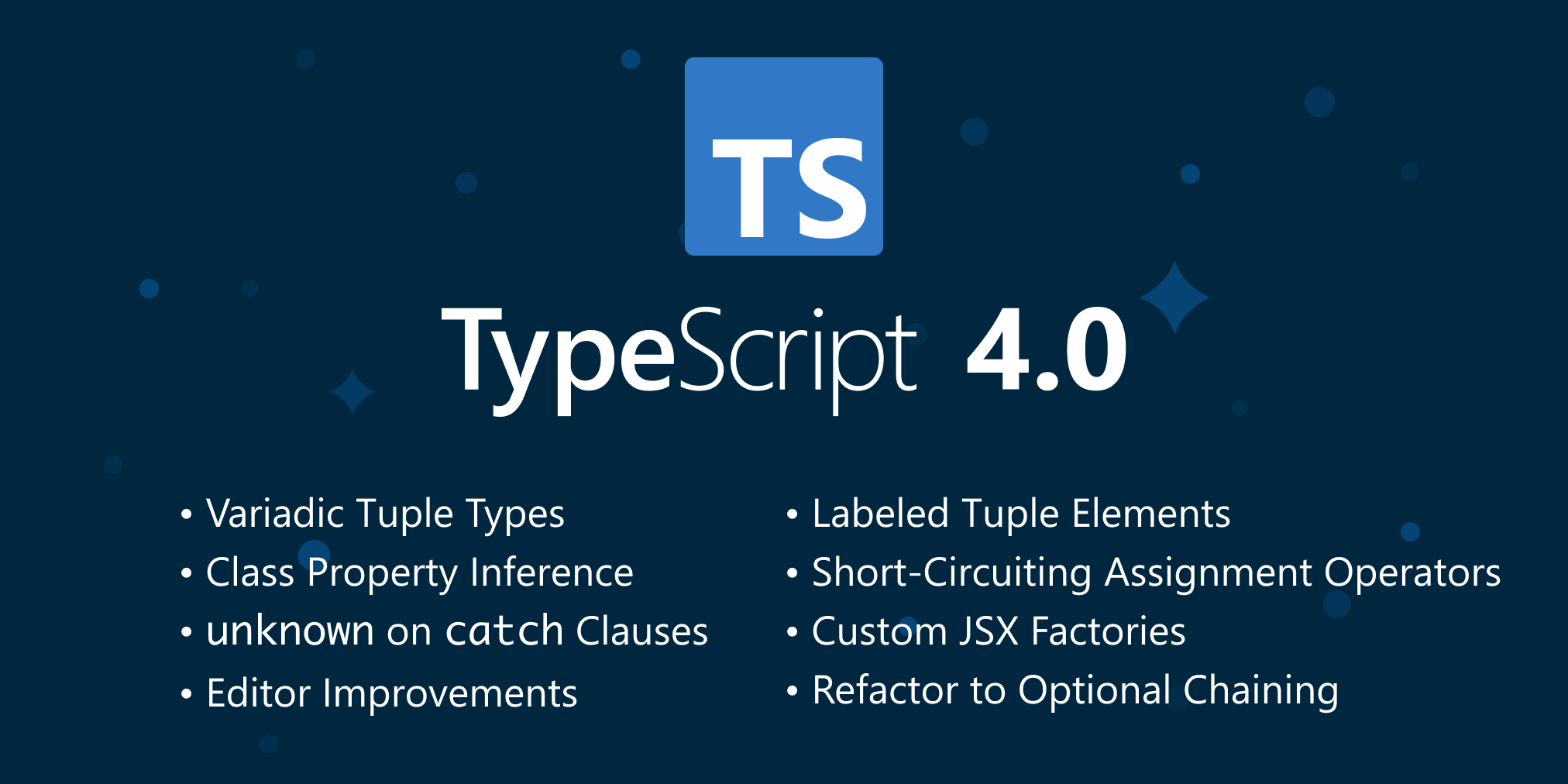Building a Dev-Friendly i18n Framework for React Apps
Explore how react-i18next simplifies internationalization in React apps with hooks, SSR support, and localization workflow integration.
Bhavishya Sahdev
Author
Building a Dev-Friendly i18n Framework for React Apps: Lessons and Insights from react-i18next
Internationalization (i18n) has become a critical feature for modern React applications aiming for a global audience. Yet, developers often struggle with integrating and maintaining i18n frameworks that are both powerful and developer-friendly. React-i18next, a framework built specifically for React and React Native on top of the reputable i18next core, provides a compelling solution designed to ease this complexity and improve developer experience. In this post, we explore its core concepts, demonstrate effective implementation patterns, and share best practices backed by authoritative sources.
Introduction
Internationalization in React apps presents unique challenges: managing translations, handling dynamic content, supporting server-side rendering (SSR), and fitting seamlessly within React's declarative paradigm. React-i18next addresses these by providing components and hooks tailored for React's architecture, enhancing maintainability and usability. According to the official react-i18next documentation (2025), it supports React >=16.8 and i18next >=10.0.0, embracing the React Hooks API and Context for efficient state management react-i18next Documentation.
Understanding these fundamentals can empower developers to build scalable, globally-ready applications. This post emphasizes verified, practical knowledge from official documentation and well-established tutorials.
Section 1: Core Concepts of react-i18next and the i18next Ecosystem
React-i18next leverages the mature i18next ecosystem -- a low-level, feature-rich internationalization core. Key features include:
- Comprehensive language detection and caching
- Support for plurals, interpolation, nested translations, and formatting
- Extensibility via plugins for ICU message formatting and more
React-i18next builds on this by integrating tightly with React's Context API, eliminating tedious prop drilling and enabling global access to translation utilities within the app React Context API - React Official.
Multiple consumption methods exist:
- Hooks (
useTranslation): Enables fetching translations declaratively inside functional components - Trans Component: For embedding translated React elements within strings, supporting interpolation and nested components
- Higher-Order Components and render props for legacy or advanced use cases
This flexibility supports diverse development styles while maintaining accessibility to i18n features.
Section 2: Implementation Details with Code Examples
Below is a verified example demonstrating core usage of hooks and the Trans component with dynamic content, pluralization, and interpolation aligned to react-i18next v10+ API react-i18next Documentation:
jsximport { useTranslation, Trans } from 'react-i18next'; function MyComponent({ name, count }) { const { t } = useTranslation(); return ( <> <div>{t('simpleContent')}</div> <Trans i18nKey="userMessagesUnread" count={count}> Hello <strong title={t('nameTitle')}>{{name}}</strong>, you have {{count}} unread message(s). <Link to="/msgs">Go to messages</Link>. </Trans> </> ); }
This example illustrates how react-i18next simplifies handling translations with embedded React elements, optimizing for readability and maintainability.
Another foundational piece is managing global state with React Context, critical to react-i18next's design. Here is a verified pattern for Context usage to provide shared data (e.g., theme or i18n state) without prop drilling, compatible with React 16.3+ React Context API - React Official:
jsximport React from 'react'; const ThemeContext = React.createContext('light'); class App extends React.Component { render() { return ( <ThemeContext.Provider value="dark"> <Toolbar /> </ThemeContext.Provider> ); } } function Toolbar() { return <ThemedButton />; } class ThemedButton extends React.Component { static contextType = ThemeContext; render() { return <Button theme={this.context} />; } }
Managing the translation context in this way helps optimize runtime performance by controlling re-renders at strategic points.
Section 3: Best Practices for i18n in React, SSR, and Localization Workflow Integration
Several best practices emerge from the documented usage of react-i18next and its ecosystem:
- Use React Hooks and Context: Since react-i18next v10+, hooks (
useTranslation) and React Context provide cleaner and more idiomatic React code compared to legacy patterns react-i18next Documentation. - Manage the Context Provider at the App Root: This minimizes unnecessary re-renders and provides translation utilities globally.
- Leverage Localization Platforms: Integration with services like locize streamlines the translation workflow via management dashboards and in-context editing, vital for large-scale or evolving projects.
- Support SSR: React-i18next includes extra extension points for frameworks like Next.js, enabling language detection and hydration on server and client react-i18next Documentation.
- Avoid Deprecated Patterns: The older HOC and render props mechanisms remain supported but are discouraged in favor of hooks for new projects.
Additionally, using ICU message formats through i18next plugins helps handle complex pluralization and formatting scenarios, an increasing trend in internationalized app development.
Conclusion
React-i18next presents a complete, developer-friendly internationalization framework optimized for React apps. By using React hooks, context, and integration with the i18next ecosystem, it offers robust translation capabilities, SSR support, and smooth localization workflows.
Developers who have struggled with the complexities of i18next might find react-i18next's structured approach and rich feature set immensely helpful. We encourage feedback and shared experiences from the community to further improve this tooling and address edge cases.
References
- react-i18next Documentation. https://react.i18next.com/ (last updated 2025-06-26)
- React Context API - React Official. https://reactjs.org/docs/context.html (current)
- i18next Official Documentation. https://www.i18next.com/ (current)
- How to Set Up Internationalization in React with react-i18next - LogRocket Blog. https://blog.logrocket.com/how-to-set-up-internationalization-in-react-with-react-i18next/ (2023)
- Internationalization (i18n) - MDN Web Docs. https://developer.mozilla.org/en-US/docs/Web/JavaScript/Reference/Global_Objects/Intl (2025-07-10)
Note: Some community-level claims about custom improvements over i18next are not verified from official docs and are included here only as contextual insights Building a Dev-Friendly Internationalization Framework for React Apps - Medium.

